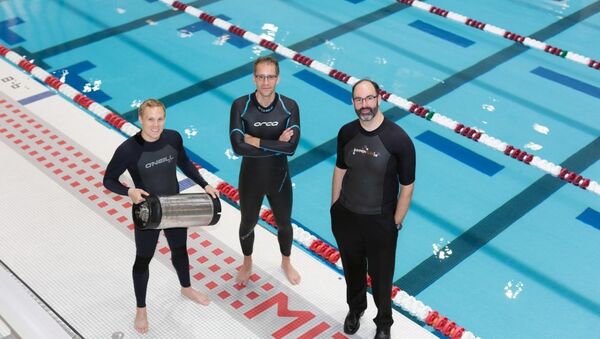The watersuits, made out of neoprene, function by embedding air bubbles between the larger molecules of the suit. These cells of air help to insulate the human body in water. The MIT researchers proposed shooting heavier, noble gasses such as argon, xenon or krypton into those air pockets as a way to extend the time the wetsuit could keep a diver's body warm in frigid temperatures, where current wetsuits might only be useful for a few minutes.
By sticking a wetsuit in a container the size of a beer keg and pumping the container with one of these heavier gasses for about 24 to 48 hours, researchers extended the life of the wetsuit's insulating properties from a few minutes to up to three hours, Defense One reported Wednesday.
"We demonstrate a wetsuit made of ultra-low thermally conductive neoprene capable of potentially extending dive times to 2-3 hours in water below 10 °C, compared with <1 hour for the state-of-the-art," MIT researchers wrote in the abstract of their new paper published June 18.
"Our process is unique in that it modifies an existing wetsuit, making it demonstrably more insulating. So far, there are no tradeoffs with respect to comfort, flexibility, dexterity, etc," researcher Michael Strano said Wednesday. "The next step will examine the human factor for this technology." The US Navy is working alongside the researchers to develop the technology, Defense One noted.



